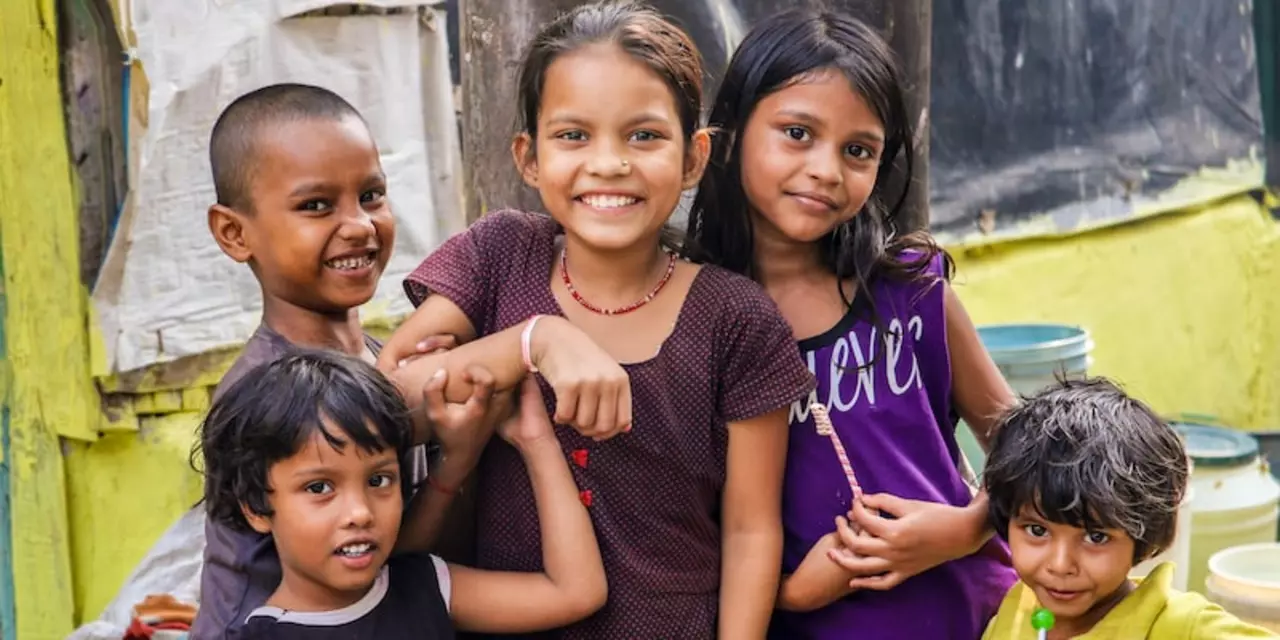Poverty in India – Why It Matters and How We Can Help
When you hear the word “poverty,” you probably picture people struggling to afford food, shelter, or school fees. That’s exactly what millions in India face every day. It’s not just a statistic; it’s a reality that shapes health, education, and even traffic safety in our neighborhoods.
Root Causes of Poverty
First off, lack of steady jobs tops the list. In many villages, agriculture is still the main source of income, but unpredictable weather and outdated farming methods keep harvests low. When crops fail, families lose the money they need for school fees or medical care.
Second, education gaps make it hard to break the cycle. Kids who drop out early often end up in low‑pay jobs, and the cycle repeats. Even in cities, crowded schools and high tuition fees push many youngsters out of the classroom.
Third, poor infrastructure—think bad roads, unreliable electricity, and limited internet—holds back small businesses. Without a reliable way to transport goods or connect with customers online, entrepreneurs can’t grow.
Steps Toward a Better Future
What can we do? Simple actions add up. Support local skill‑training programs that teach modern farming, digital skills, or basic trade work. When people gain a marketable skill, they can earn more and send their kids to school.
Boosting community health clinics also helps. Health problems often push families deeper into poverty when they can’t afford treatment. Free or low‑cost check‑ups keep workers healthy and productive.
And don’t overlook the power of micro‑loans. Small amounts of capital can help a street vendor buy better stock or a farmer invest in a new irrigation system. Those investments usually pay back quickly and lift entire families out of daily stress.
Lastly, raise awareness. Talk about poverty in chats, share stories of real people, and encourage friends to volunteer or donate. When more people understand the real issues, pressure builds for better government policies.
Knowing the root causes and taking everyday steps can make a huge difference. Poverty isn’t a fixed fate; it’s something we can all help change, one practical action at a time.
Why more than 70 percent of Indian is poor?
India is a developing country with a population of more than 1.3 billion people, out of which more than 70% are poor. The main causes of poverty in India are lack of education and inadequate access to resources, leading to unemployment and underemployment. In addition, corruption and inequality also contribute to poverty in India. These factors lead to a vicious cycle of poverty, where the poor have limited access to opportunities and resources, leading to further poverty.
More